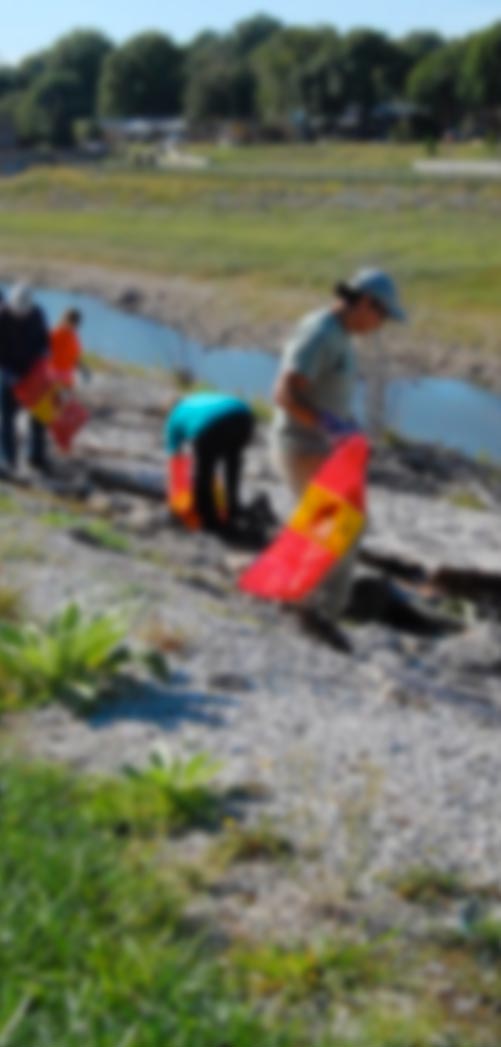This World Water Day, New Zealand scientists are drawing attention to the precious resource of freshwater stored under the ground as part of a global effort to raise awareness of groundwater.
Land, Air, Water Aotearoa (LAWA) Groundwater Science Lead and Environment Canterbury Science Manager Carl Hanson explained that there are many reasons to love and treasure groundwater.
“Most of the freshwater in New Zealand is groundwater and we use it as a source of drinking water, for food production, and it contributes over three-quarters of the water in our rivers and streams.
“This World Water Day the theme is groundwater - making the invisible, visible. In this spirit, today we have released an updated summary of the quality of New Zealand’s monitored groundwater.
“The LAWA Groundwater Quality National Picture Summary 2022 looks at data from almost 1,000 wells and shows that while most groundwater in Aotearoa is of very good quality, contamination from E. coli and nitrate does occur,” said Mr Hanson.
The summary reveals groundwater nitrate concentrations exceeded the New Zealand Drinking Water Standards in around 6% of wells tested. Roughly a quarter of groundwater sites had concentrations higher than half the Maximum Acceptable Value (MAV).
“Over the past decade, nitrate concentrations are fairly stable at the national level. At a regional level, we find a mix of areas with improving and degrading trends. Generally, the wells with higher nitrate concentrations are found in areas of intensive animal grazing or horticultural production.
“Seawater intrusion is thankfully not a widespread problem, but ongoing monitoring is important so that we know if the situation changes. Pressures such as future sea level rise, drought, and human use can contribute to salinization of groundwater.
“It’s important we continue to work to better understand our groundwater so we can care for it for future generations,” said Mr Hanson.
Mr Hanson added that as all groundwater is potentially vulnerable to contamination, people should have their well water tested regularly if they’re using it as a water source for their household.
Te Uru Kahika - Regional and Unitary Councils of Aotearoa Chief Science Advisor Dr Chris Daughney said regional and unitary councils have been monitoring groundwater for decades.
“Regional and unitary councils have the important job of helping their communities understand and manage groundwater quality and availability. The data they collect and present on LAWA tells us a lot about groundwater security and pressures in New Zealand.
“Around the world today, countries are celebrating groundwater. Here in New Zealand, the value of this resource to our way of life cannot be understated. Its asset value is around $15 Billion. It provides about a third of the water needs of our primary production sectors, such as for irrigation. Whole cities and towns such as Wellington, Christchurch, Napier, and Hastings rely predominantly on groundwater for their drinking water source.
“Groundwater is an essential part of the water cycle and faces pressure from climate change, contamination from human activities, and increasing water demand.
“Like rivers and streams on the earth’s surface, groundwater also flows but typically at a much slower rate. This means it can take longer for issues to be detected and longer for actions we take to improve groundwater to make a difference. This adds to the importance of regional groundwater monitoring and management to protect this valuable resource,” said Dr Daughney.
State of the environment groundwater samples taken by regional and unitary council staff are tested for a range of indicators. The results help scientists and decision-makers evaluate the state of groundwater quality and trends over time. This data is made freely available on the LAWA website for communities to explore: lawa.org.nz/explore-data/groundwater-quality.
